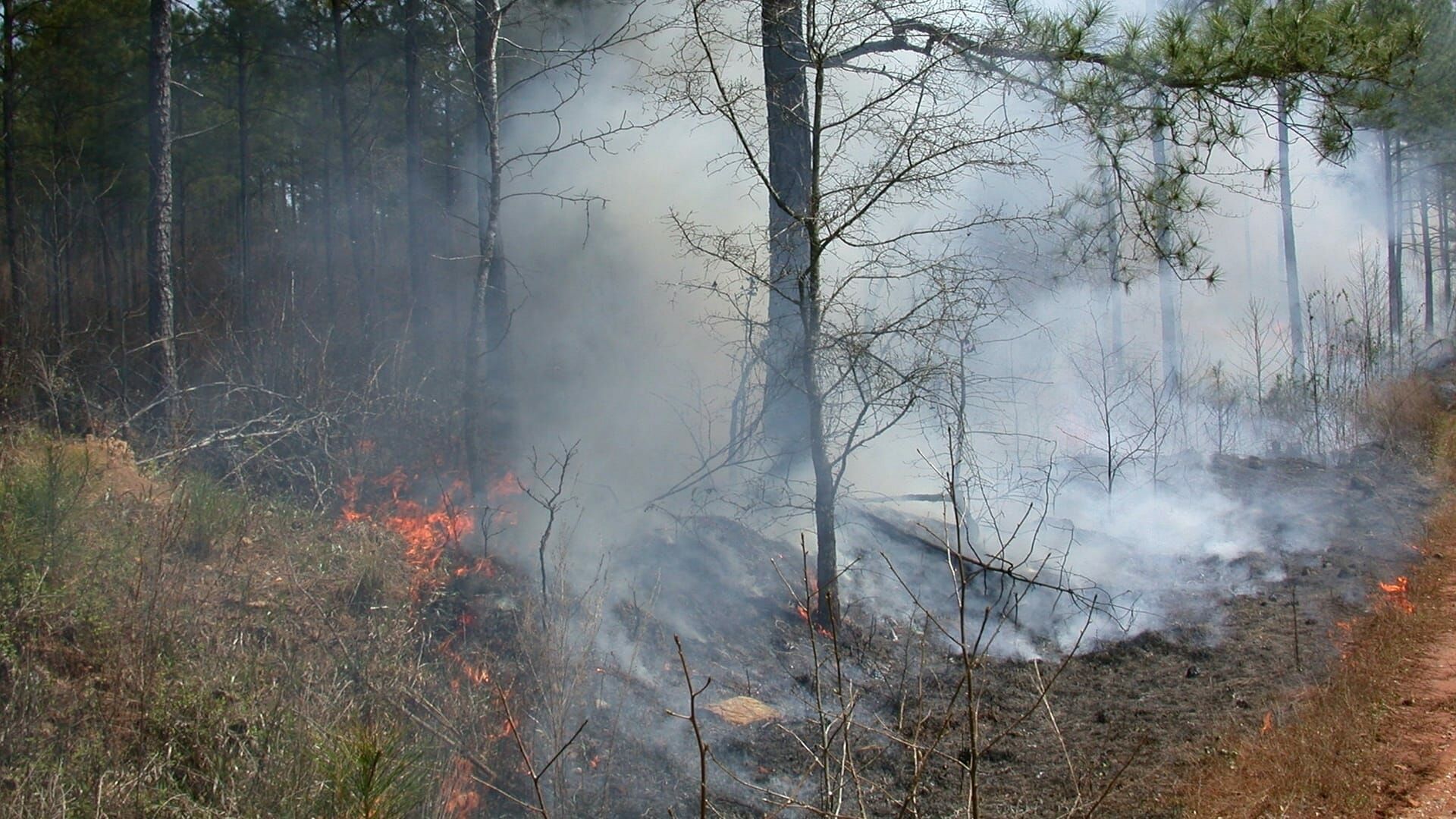Significant drop in forest fires in Chiang Mai and northern region

Protected Areas Regional Office 16 Director Kritsayam Kongsatree revealed an unprecedented 79% drop in blazes across Chiang Mai and its northern neighbours.
Department of National Parks, Wildlife, and Plant Conservation (DNP) Chief Kritsayam manages a colossal 7.8 million rai encompassing 19 forests in Chiang Mai and Lamphun. His proactive patrolling initiatives have slashed the number of hotspots from the ominous 67 at the beginning of the year, leaving locals breathing easier as the region grapples with escalating PM2.5 air pollution.
Forest fires pose a grave threat to northern Thailand, exacerbating the air quality crisis. With the impending dry season lurking, the DNP chief reveals a plan to deploy additional patrol units to 300 critical areas, a tactical move set to kick off on February 15 and extend over two crucial months.
This strategic manoeuvre aims to curb fire risks as the forest foliage dries up, with a particular focus on preventing locals from harvesting forest edibles like mushrooms – a seemingly innocent practice that harbours potential fire hazards. Kritsayam’s plan involves not only suppressing the flames but also enforcing restrictions that safeguard against inadvertent fire-starting activities.
Presently, a team of 1,290 officials spearheads the charge in forest fire prevention, with collaborative support from various local agencies. Yet, as the dry season approaches, an additional 300 firefighters are poised to join the ranks. The aim is to concentrate efforts on fire-prone regions, including the formidable Mae Ping National Park, the sanctuary-like Om Koi Wildlife Sanctuary, and the verdant expanses of Mae Tuen Wildlife Sanctuary, reported Pattaya Mail.
Firefighters will be positioned in the forests of Chiang Mai, Lamphun, and Tak, ensuring that the entire region is fortified against the threat of catastrophic blazes.
In related news, a fire broke out at a renowned fertiliser factory in Kanchanaburi province, engulfing over a hundred 200-litre paint containers. The blaze, which started at 9.30pm on Monday, January 29, was reportedly caused by burning sugarcane debris from the wind onto the storage area, igniting the containers and setting off explosions.
Latest Thailand News
Follow The Thaiger on Google News:


























